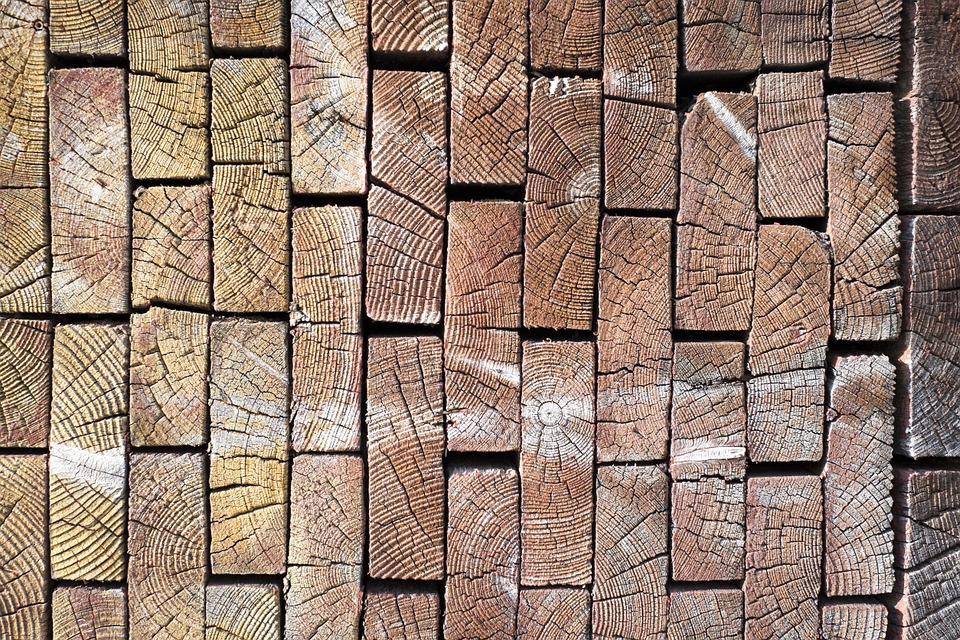
Temporary roads provide stability on drying spring soil
As springtime arrives, the drier weather does not remove the need for temporary roads to provide stability for heavy wheeled and tracked vehicles on soil surfaces – it just changes the risks faced when driving on bare soil without ground protection mats in place.
How does the ground respond to seasonal change?
During the winter, of course, waterlogged earth is easily churned into mud, with the risk of vehicles and other mobile equipment becoming bogged down or covered in mud itself. Temporary roads are always a good first line of defence against wet ground conditions at any time of year, but just because the rain may ease off over the coming spring and into summer, it doesn’t mean the ground is necessarily able to support the weight of heavy equipment, especially where that weight is applied at relatively high pressure on just a few wheels.
As soil dries out, the lower quantities of water held within it can lead to the formation of air pockets as the swollen wet earth shrinks back into its dry form – leading to parched earth that can look solid from above, but is actually much more prone to subsidence under pressure. Temporary roads help to spread the pressure over a larger area, as well as increasing the contact area with the ground, so that any isolated air pockets below the surface are less likely to be breached by the vehicles and equipment passing over above.
How can Ground protection mats help?
Ground protection mats used in this way serve several purposes, even when there are dry conditions and so less risk of wet mud clogging up vehicle tyre treads and bogging down heavy equipment. They protect equipment by preventing ground breaches as mentioned above – but they also protect the ground surface itself, to reduce the need for extensive landscaping and restoration of rutted and collapsed surfaces after the main project work is completed. In turn, this protects the project schedule itself by avoiding interruptions, and protects the workforce against injuries sustained in subsidence incidents – all of which helps to safeguard the financial interests of employers and construction contractors in general as the number of orders starts to increase throughout the springtime and into summer.
Take a look at our bog mat range to find the perfect timber species for the right application. If you have any questions, give us a call on 08000 12 1231 and we’d be happy to help.

